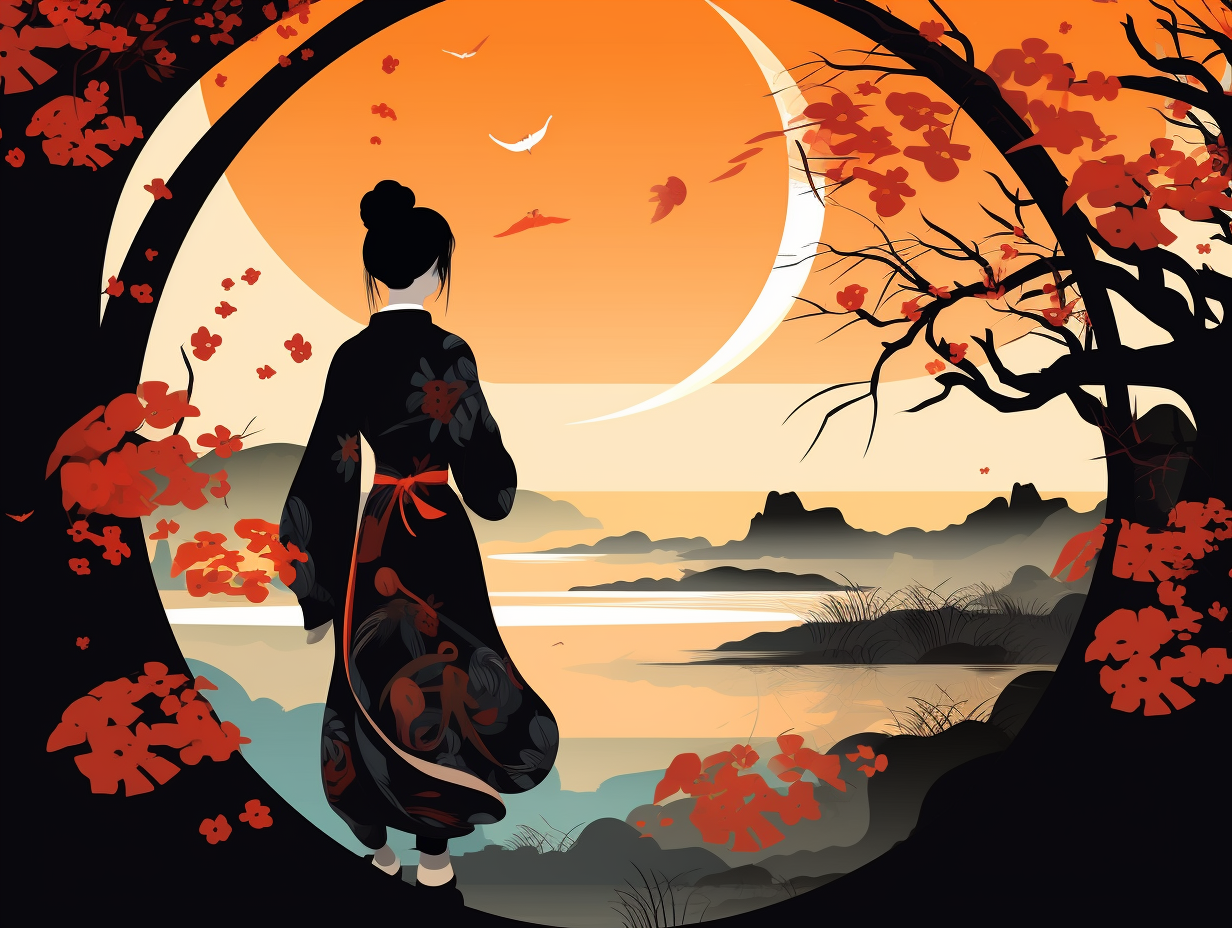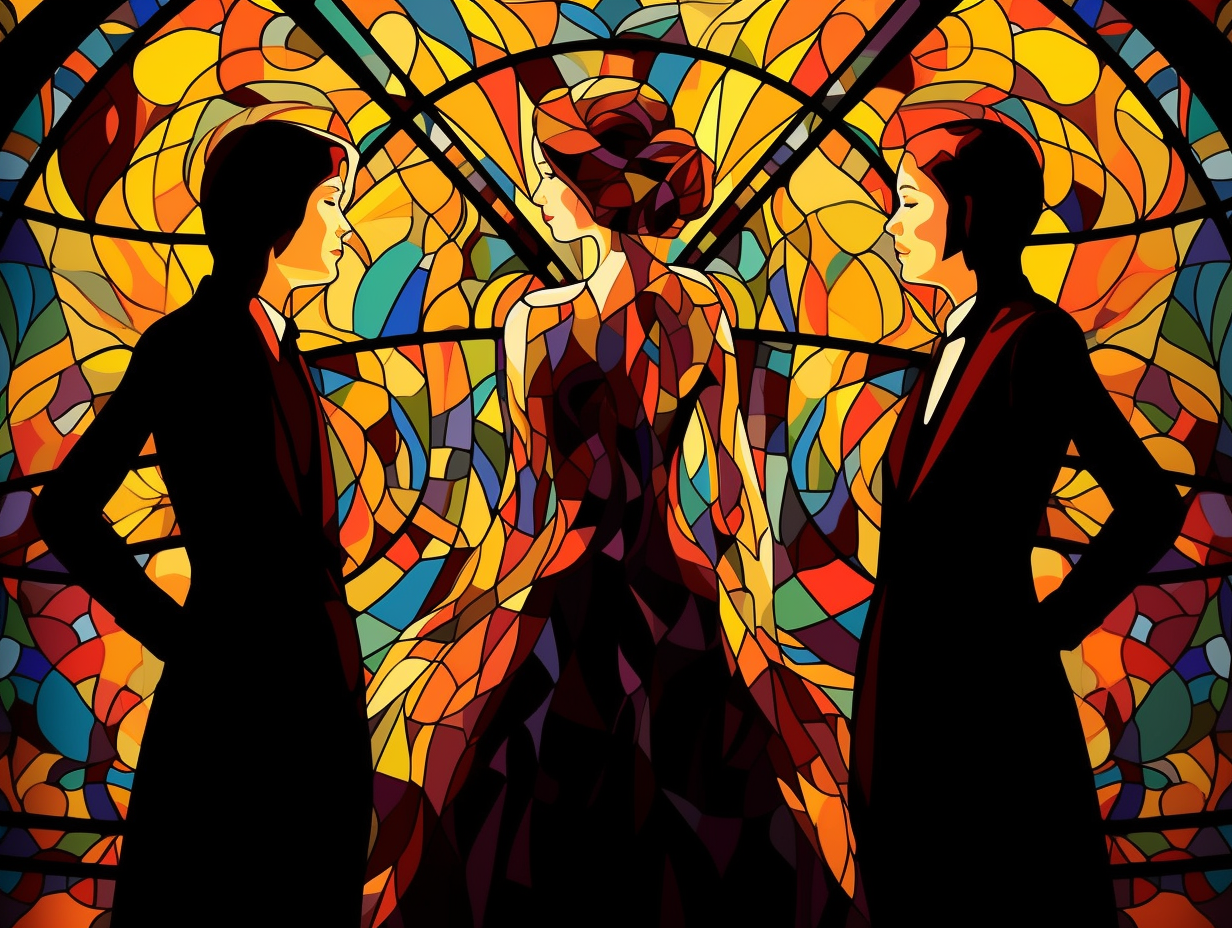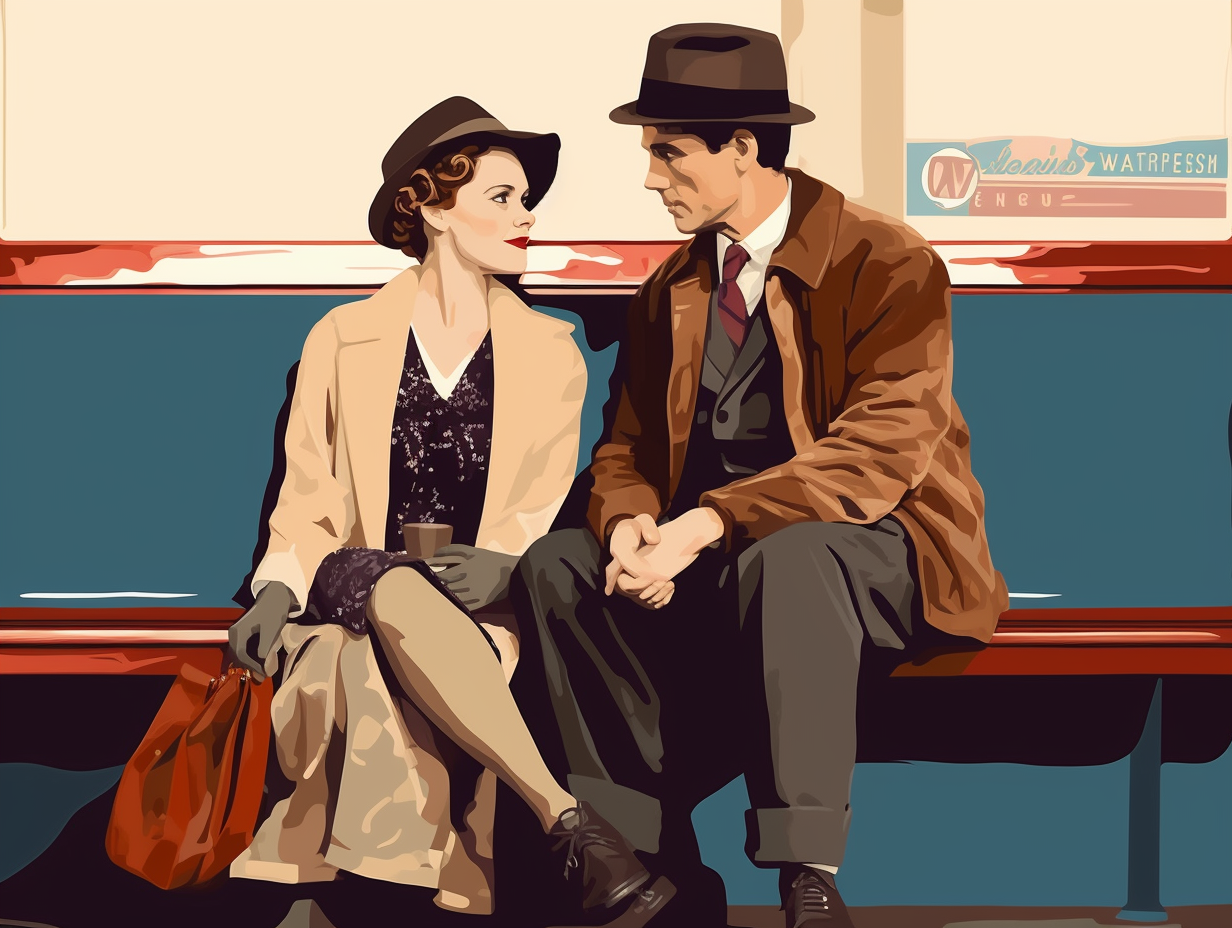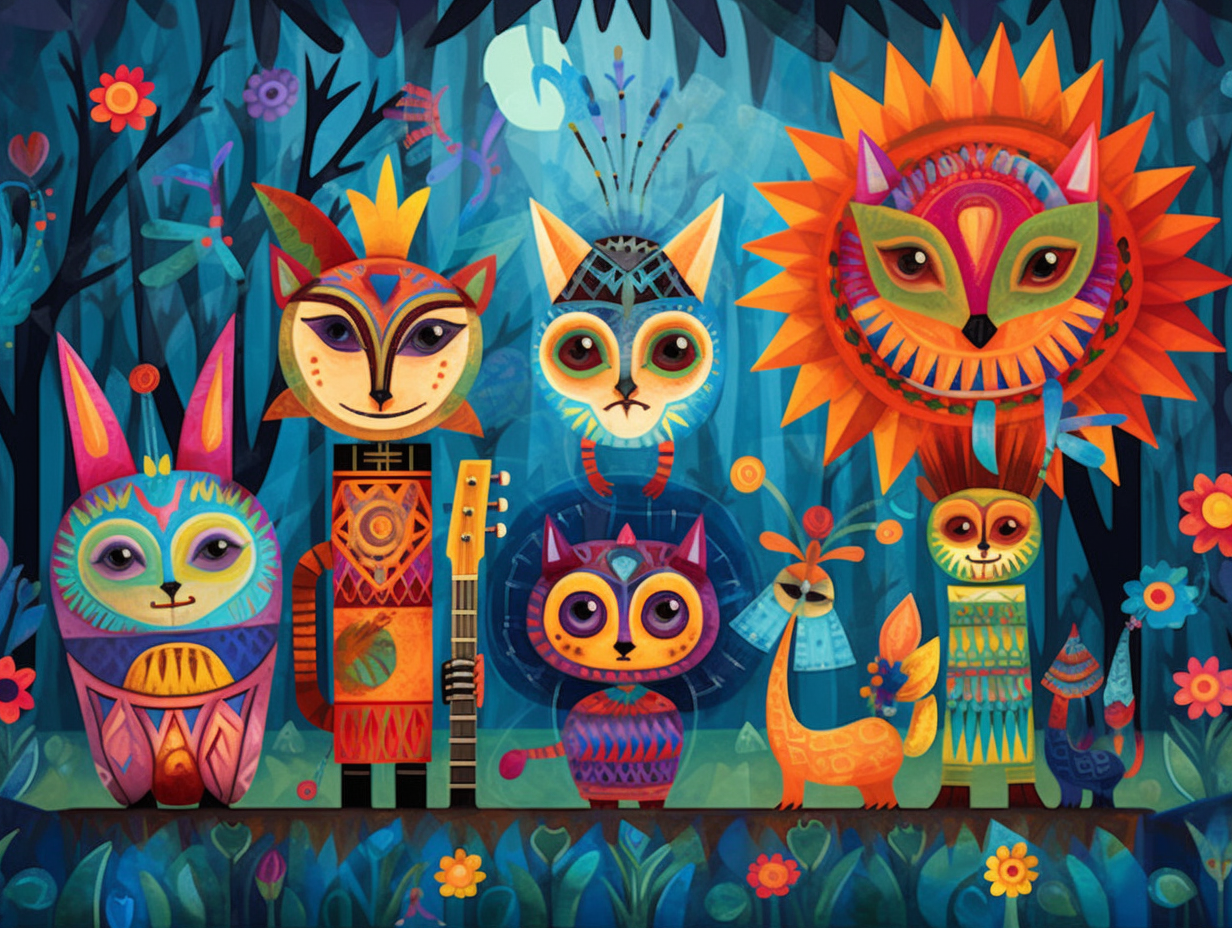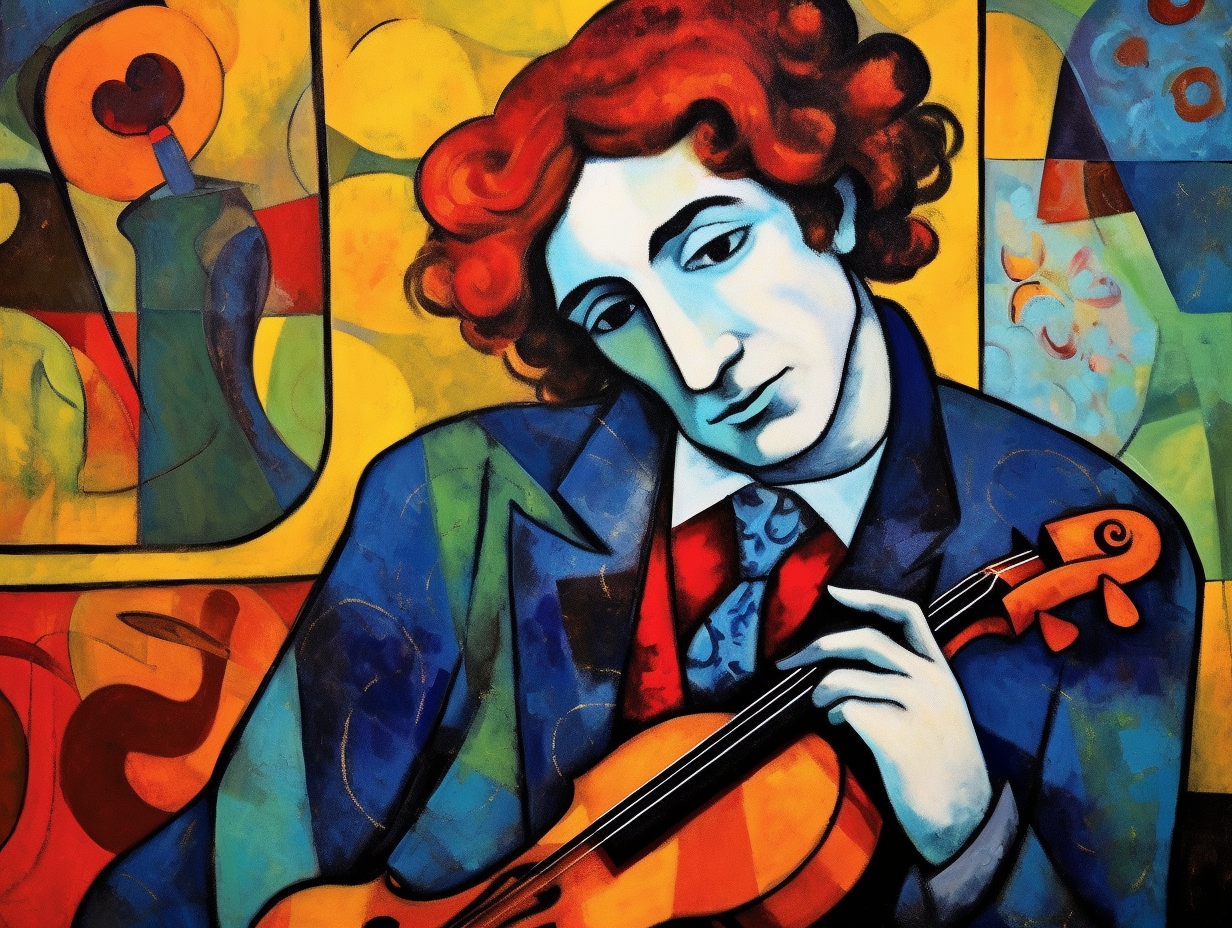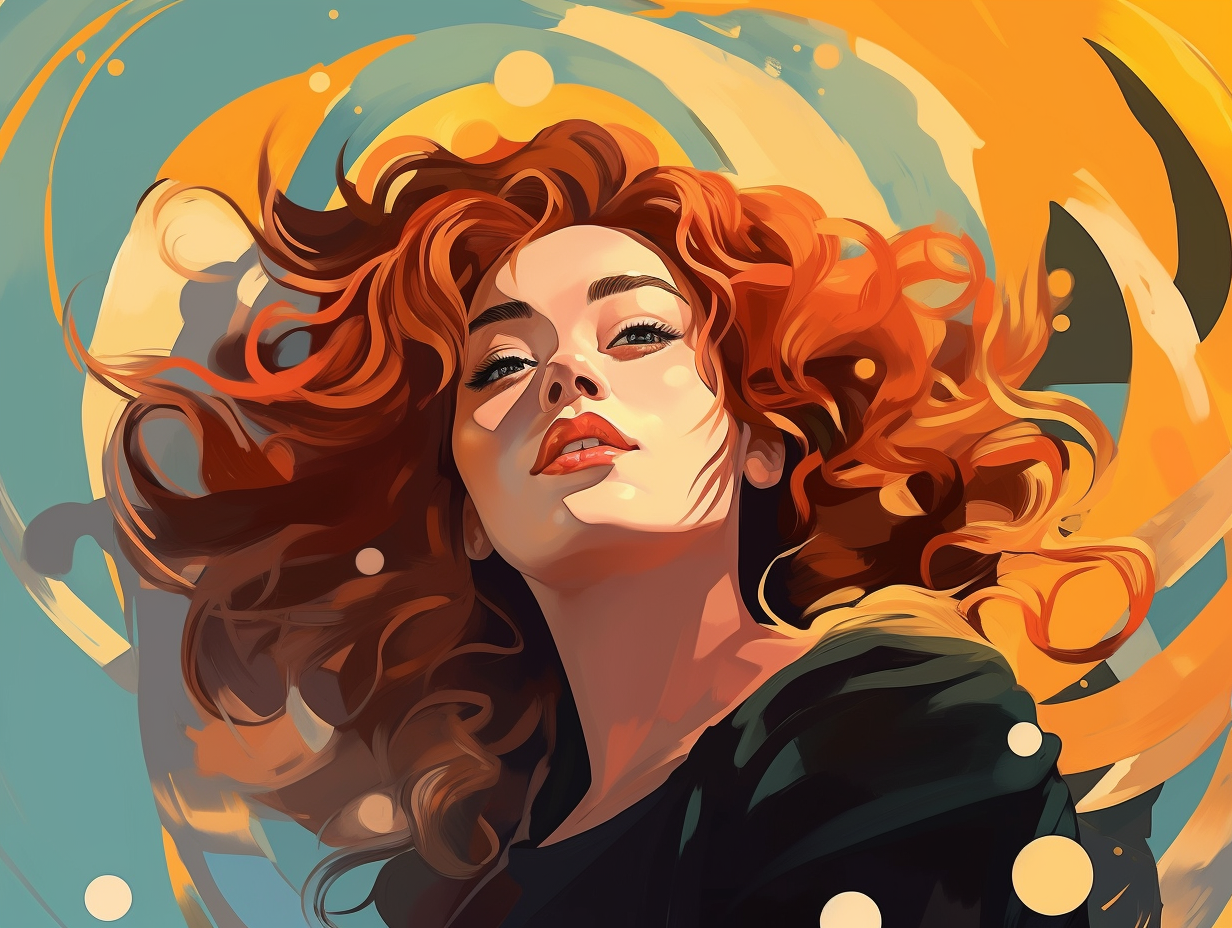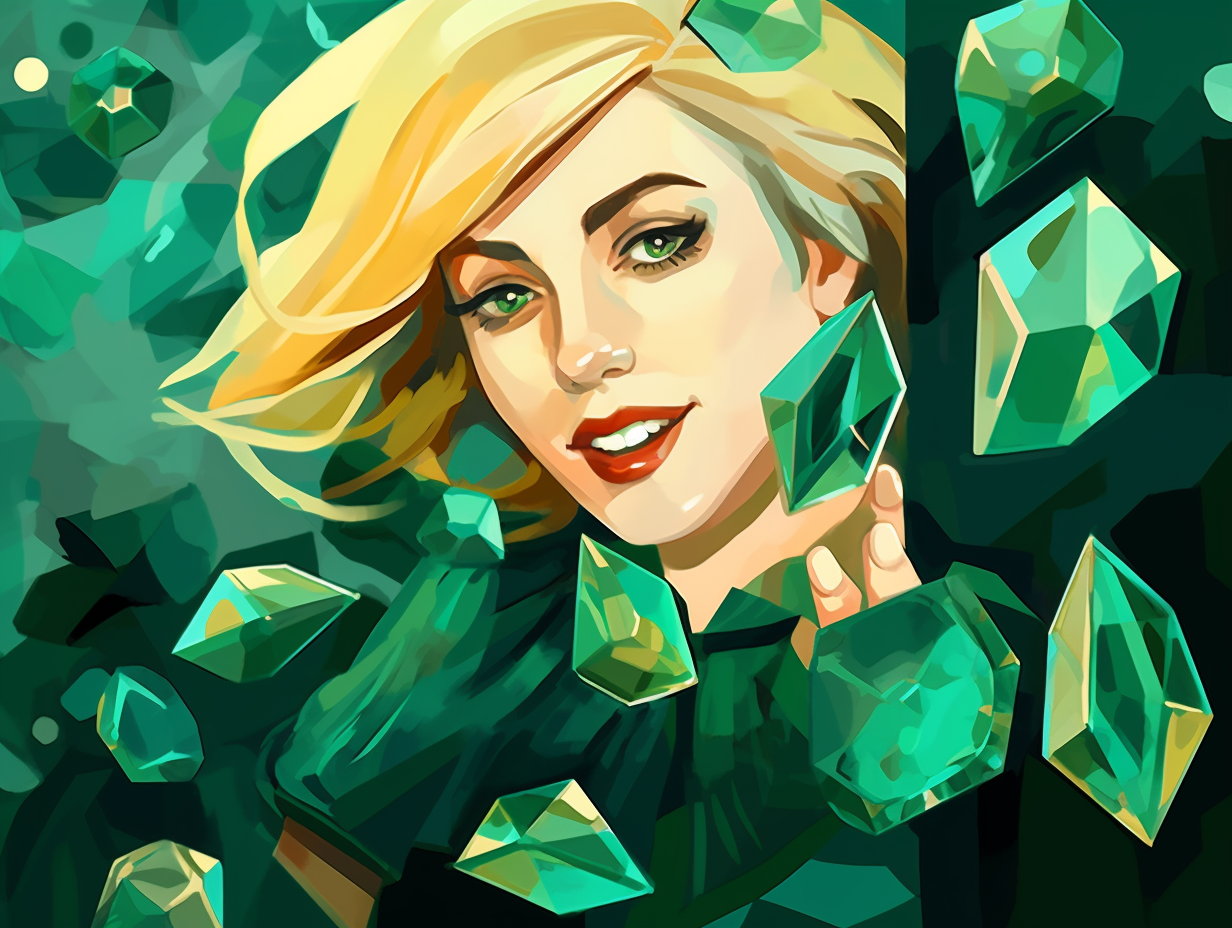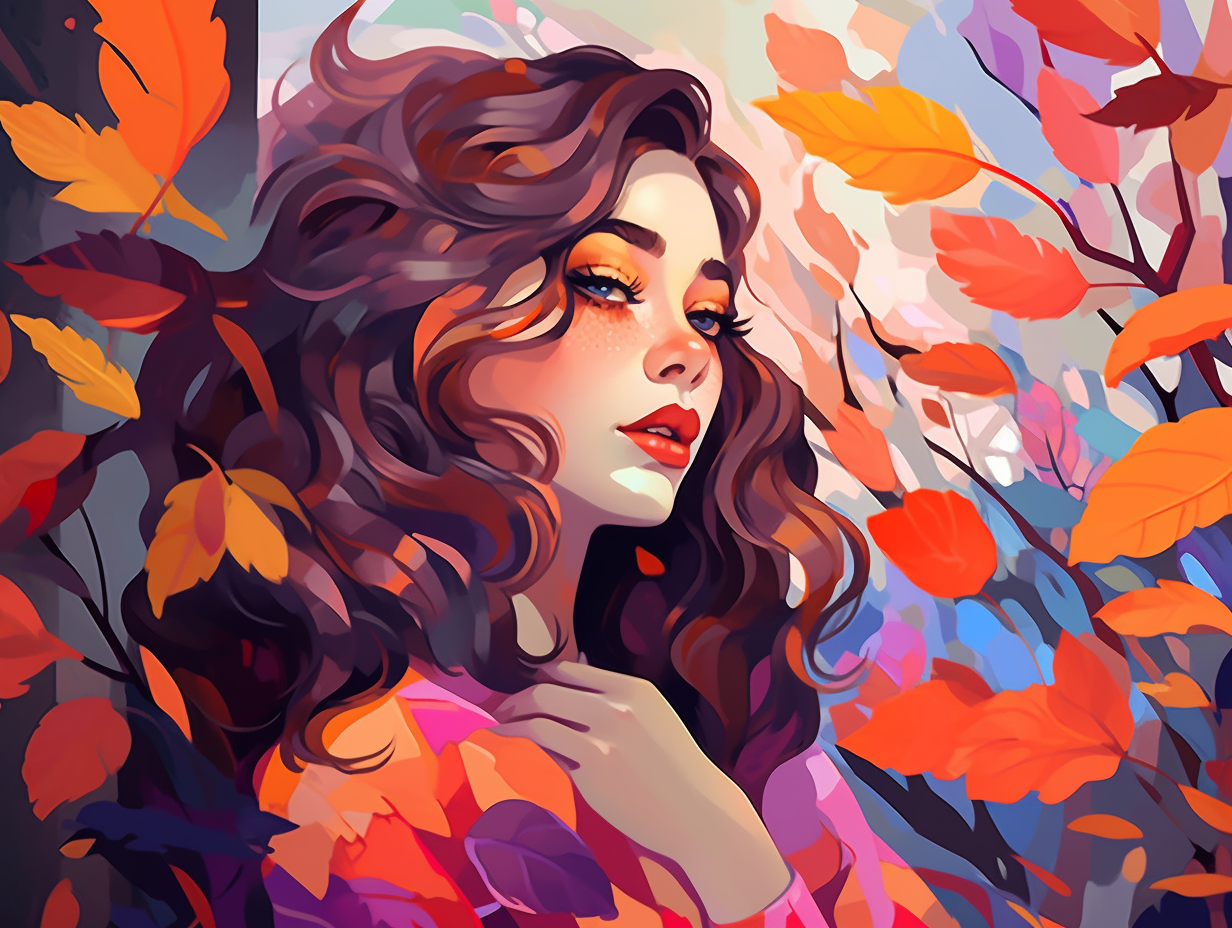Discover the Intrigue: Top 6 Surprising Fun Facts About Japanese Art
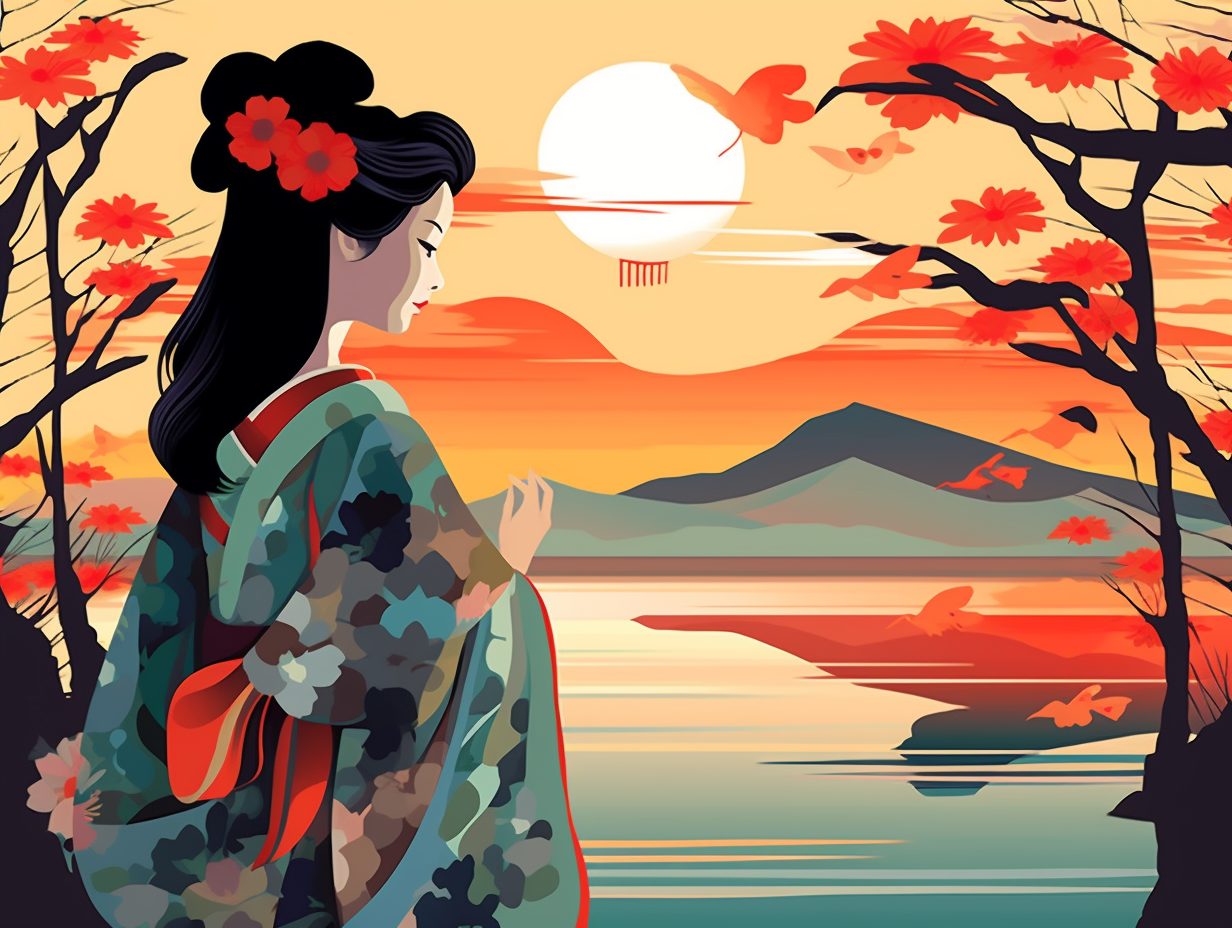
1. Hokusai's Tsunami-sized Dad Joke
Before Mount Fuji could say "I've peaked," Hokusai's "Under the Wave off Kanagawa" came crashing into the art scene with the force of a tidal wave and the grace of a perfectly timed dad joke: The woodblock print showcases Mount Fuji, dwarfed within the hollow of a massive wave, while unintentionally inspiring the likes of Claude Debussy and Rainer Maria Rilke with its inventive perspective and Prussian blue landscapes.
Source => metmuseum.org
2. Chameleon Kano School of Painting
Talk about having more styles than a chameleon at a fashion show: the Kano School of painting thrived for over 300 years by fusing Chinese brushwork with Japanese decorativeness, attracting samurai, aristocrats, and Buddhist clergy alike, yet never becoming Japan's official court painters.
Source => metmuseum.org
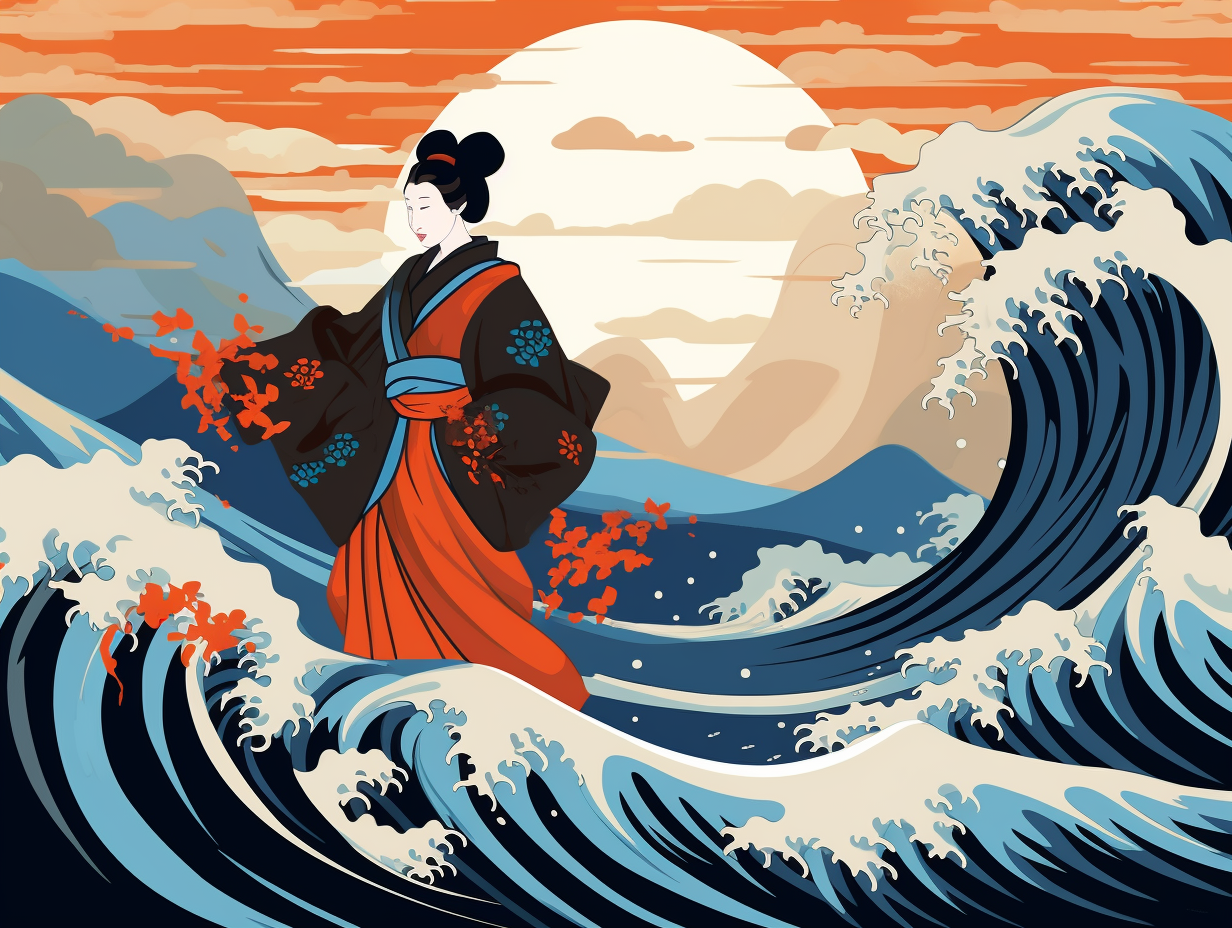
Did you know the famous artist Katsushika Hokusai had a penchant for changing his name, adopting various personas throughout his career? Discover the story behind his many aliases!
=> Fun Facts about Katsushika-Hokusai
3. Ryoanji Temple's "Stonespiracy"
When stones engage in a covert moss operation, avoiding any straight lines is key: At Ryoanji Temple's famous rock garden, 15 stones are meticulously placed in small groups on patches of moss, ensuring that not a single stone lies in a straight line, prompting visitors to deeply contemplate the abstract meaning behind the "stonespiracy".
Source => japan-guide.com
4. Ukiyo-e: Japan's Ancient Paper-View
Who needs Netflix when you've got ancient Japanese paper-view?: The explosion of ukiyo-e woodblock prints in the Edo period allowed art to be mass-produced on the cheap, letting more people in on the visually-stimulating party!
Source => vam.ac.uk
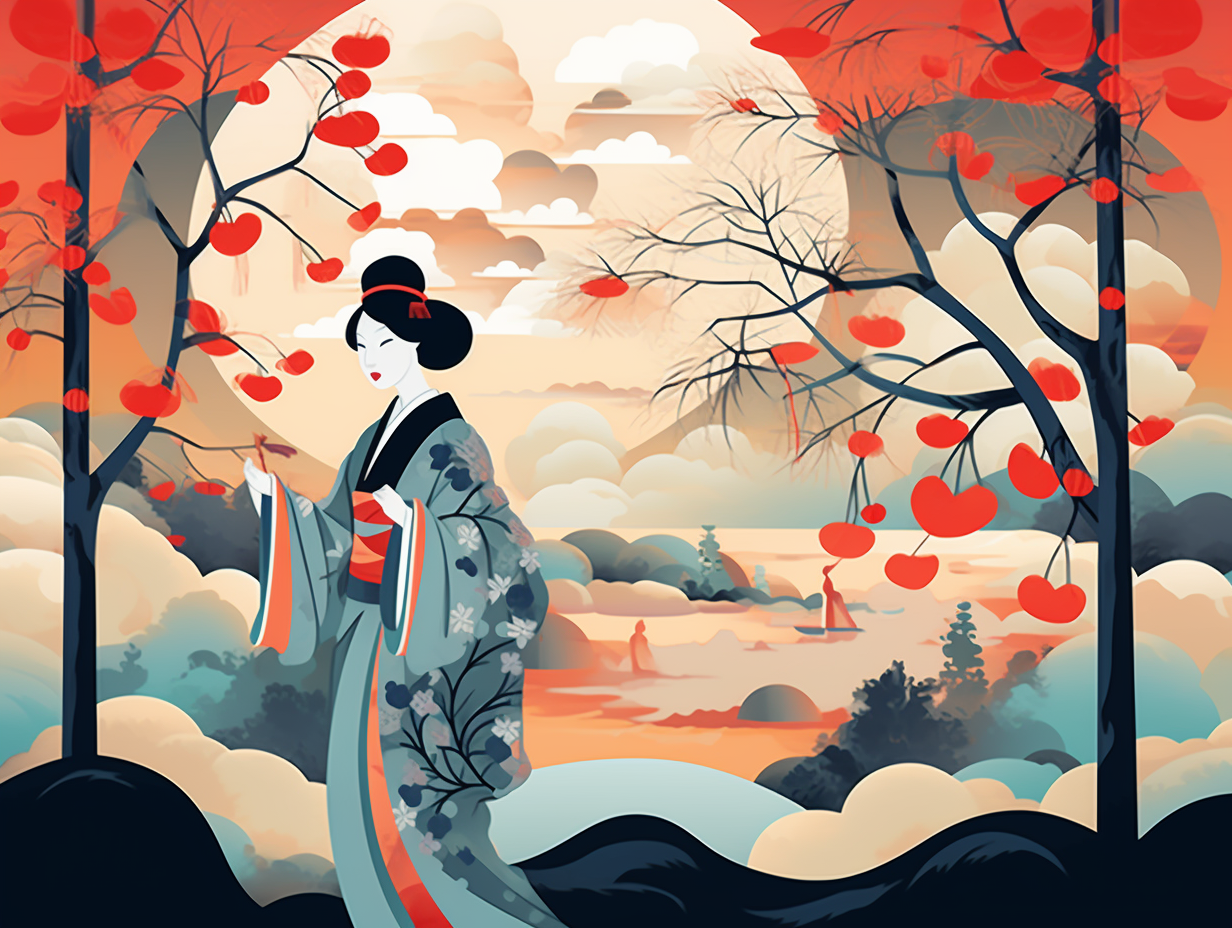
5. Zenfully Balanced Haiku Lemonade
When life gives you zen lemons, make haiku lemonade: Haiku is a spiritual form of Japanese poetry with just 17 syllables, inspired by Zen Buddhism and emphasizing presence and balance, while exploring deeper themes through simple images of nature.
Source => web.cocc.edu
6. Lacquerware: Jomon Period's Shiny Rockstars
Before there was "lacquer and roll," there was Japanese lacquerware: a shining, durable art form bursting onto the scene in the Jomon Period, quite literally stealing the limelight from pottery. The Edo Period transformed this craft from everyday item to celebrated art, and today, the Japanese Government hails it as a 'Traditional Japanese Handicraft Form'.
Source => kyoto-ryokan-sakura.com
Related Fun Facts



